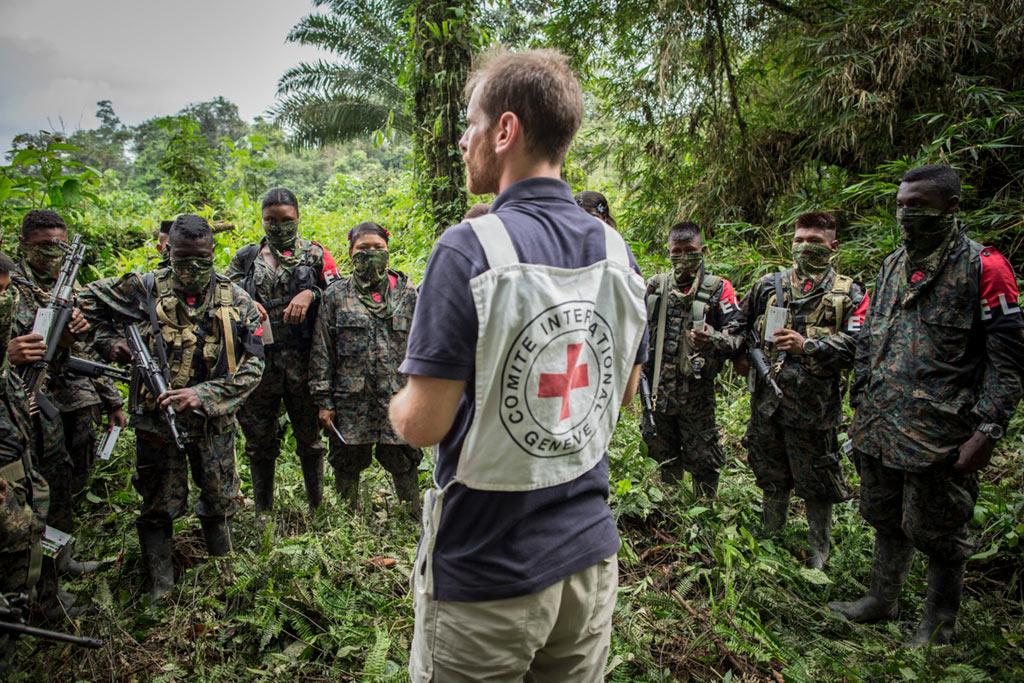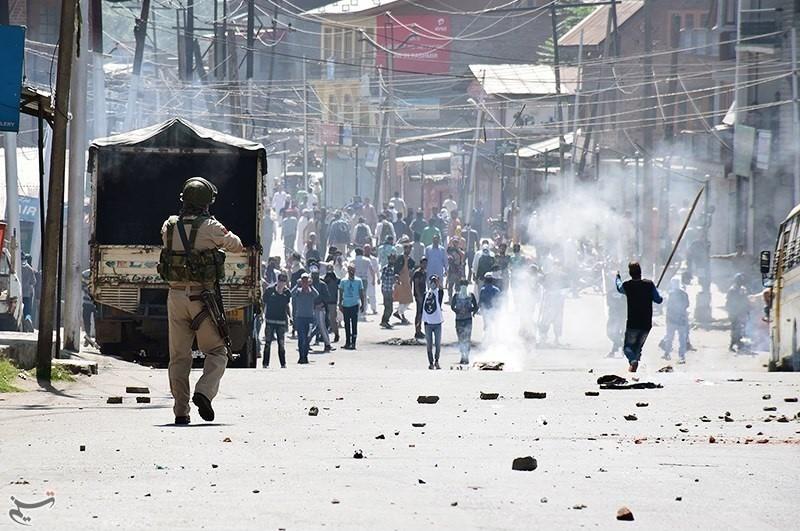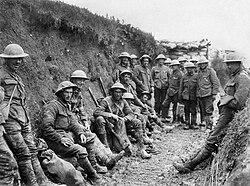Leadership lessons often come from the most unexpected places—and few backgrounds offer richer insights than those forged on the front lines. Military veterans, shaped by intense experiences and high-stakes decision-making, carry with them a unique perspective on what it truly means to lead. In this article, we’ll dive into the wisdom these individuals bring beyond the battlefield, exploring how their stories of resilience, teamwork, and courage can inspire and inform leadership in every corner of life. Whether you’re managing a team at work or leading a community project, the hard-earned lessons from veterans offer timeless guidance that’s both practical and powerful. Join me as we uncover these invaluable insights and discover how the spirit of service translates into exceptional leadership.
Table of Contents
- The Power of Resilience in Leadership Derived from Military Experience
- Building Trust Under Pressure Lessons Learned from Veterans in Command
- Strategic Decision-Making Techniques Veterans Bring to Civilian Leadership
- Cultivating a Mission-Driven Culture Inspired by Military Principles
- Wrapping Up
The Power of Resilience in Leadership Derived from Military Experience
In the crucible of military service, leaders are forged through trials that test their endurance, decision-making, and adaptability under pressure. This profound experience cultivates a unique kind of resilience—one that empowers leaders to bounce back from setbacks and navigate uncertainty with unwavering resolve. Military veterans bring to the table an ingrained persistence, often articulated as the refusal to yield even in the face of overwhelming odds. Their seasoned perspective teaches us that resilience is not just about survival but about thriving amid chaos by maintaining focus, composure, and the will to push forward.
Such resilience translates seamlessly into leadership roles beyond the battlefield, influencing how veterans lead teams through challenges in corporate, nonprofit, and entrepreneurial spaces. Their leadership approach often emphasizes:
- Strategic patience: Understanding that complex problems require time and steady effort to unravel.
- Emotional intelligence: Recognizing and managing their own stress while supporting others in high-pressure situations.
- Decisiveness: Making informed, timely decisions even when information is incomplete.
- Accountability: Owning both successes and failures as integral to growth and trust-building.
By harnessing the lessons from military resilience, leaders can create environments where challenges become opportunities, and setbacks serve as stepping stones toward innovation and success.
Building Trust Under Pressure Lessons Learned from Veterans in Command
In high-stakes environments, trust is the linchpin that holds a team together, especially when every decision can have serious consequences. Veterans who have led under fire reveal that trust isn’t simply granted—it’s earned through consistent actions and transparent communication. They emphasize the importance of demonstrating reliability in small tasks before expecting others to follow. Whether it’s a quick decision on the battlefield or a strategic shift in the boardroom, the essence remains the same: leaders must show they have both the competence and the character to inspire confidence.
Key lessons from those who have commanded units in combat zones underline these essentials:
- Active listening: Making each team member feel heard builds a foundation where honest feedback and concerns surface without fear.
- Owning mistakes: Admitting errors openly strengthens respect and models accountability for the entire group.
- Adaptability: Readiness to pivot strategies based on real-time information confirms a leader’s commitment to the mission and the people.
Such principles, forged in the crucible of military leadership, translate seamlessly into civilian leadership roles where trust under pressure can make the difference between success and failure.
Strategic Decision-Making Techniques Veterans Bring to Civilian Leadership
Military veterans enter civilian leadership roles armed not only with experience but also with deeply ingrained strategic frameworks developed in high-stake environments. Their ability to swiftly assess risks, prioritize objectives, and adapt to fluid situations sets them apart in the corporate world. Veterans excel in breaking down complex problems into manageable parts, ensuring that teams stay aligned with the overarching mission. This disciplined approach often manifests in clear communication channels, defined roles, and contingency planning, giving their organizations a vital edge when navigating uncertainty.
Several distinctive techniques become evident as veterans translate battlefield strategies to boardroom successes:
- Scenario Planning: Visualizing multiple outcomes to prepare adaptive responses.
- Decisive, Data-Informed Actions: Balancing intuition with analytics to avoid paralysis by analysis.
- After-Action Reviews: Embedding continuous learning by debriefing successes and failures alike.
- Mission Focus: Keeping the team’s energy and resources aligned around clear, measurable goals.
These tried-and-true methods cultivate resilience and foster a culture where strategic agility is the norm rather than the exception.
Cultivating a Mission-Driven Culture Inspired by Military Principles
Military veterans bring a unique perspective on leadership—one steeped in purpose, discipline, and unwavering commitment. At the core of their ethos lies an intrinsic dedication to a mission far greater than individual success. In adopting this approach within organizations, leaders ignite a powerful sense of shared purpose that motivates employees to push beyond personal agendas and align their efforts with collective goals. This environment thrives on clear communication, mutual respect, and accountability, creating a foundation where trust is not just expected but earned through consistent action.
Implementing a mission-driven culture inspired by military principles means embracing certain key practices:
- Clarity of Purpose: Every team member understands the “why” behind their tasks, connecting their daily work to a larger vision.
- Decisive Action: Encouraging bold, informed decision-making that drives momentum and continuous progress.
- Resilience and Adaptability: Preparing teams to face challenges head-on, learning from setbacks, and bouncing back stronger.
- Empowerment and Trust: Investing in people’s capability by providing autonomy while maintaining accountability.
Emulating these values fosters a workplace culture where leadership is shared and purpose fuels performance, reflecting the very essence of what military leadership embodies.
Wrapping Up
As we wrap up this journey through the powerful leadership lessons shared by military veterans, it’s clear that their experiences offer more than just stories of service—they provide timeless insights into resilience, integrity, and the power of teamwork. Whether you’re leading a team in business, navigating challenges in everyday life, or striving to grow as a person, veterans remind us that leadership is as much about character as it is about strategy. Embracing these lessons not only honors their service but also equips us all to lead with greater courage and purpose. Here’s to learning from those who have led with honor under the toughest conditions—and applying those lessons to lead better, every day.












